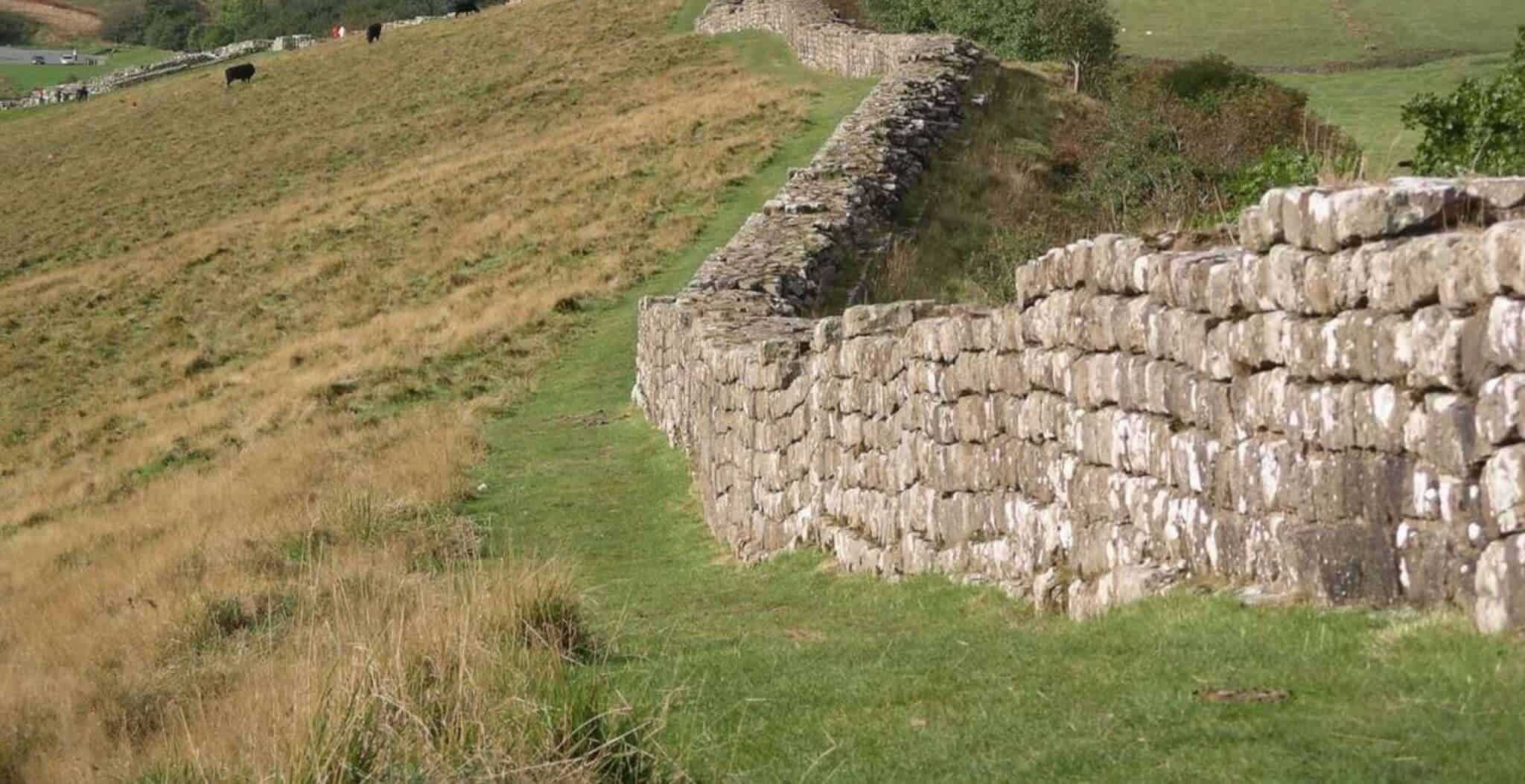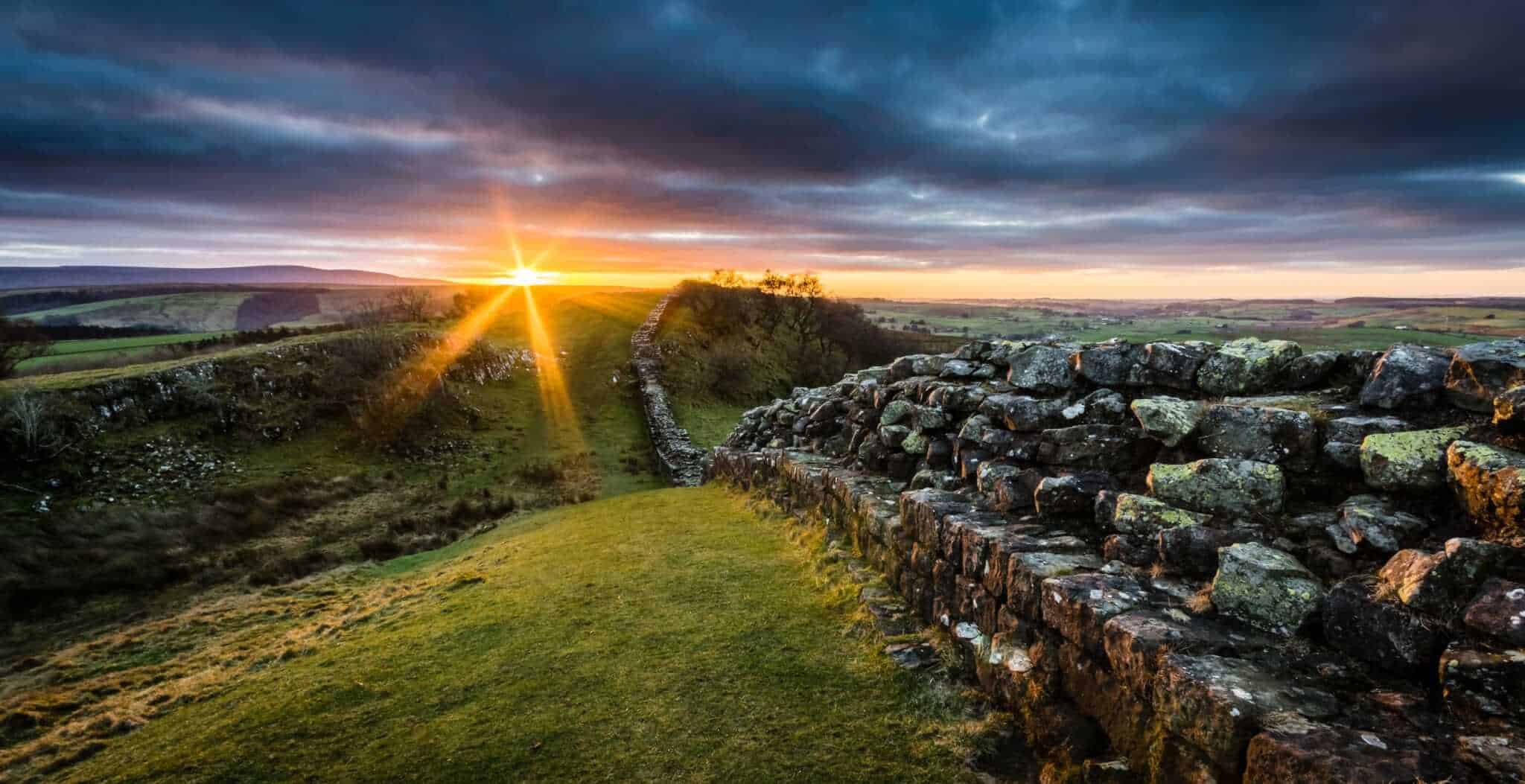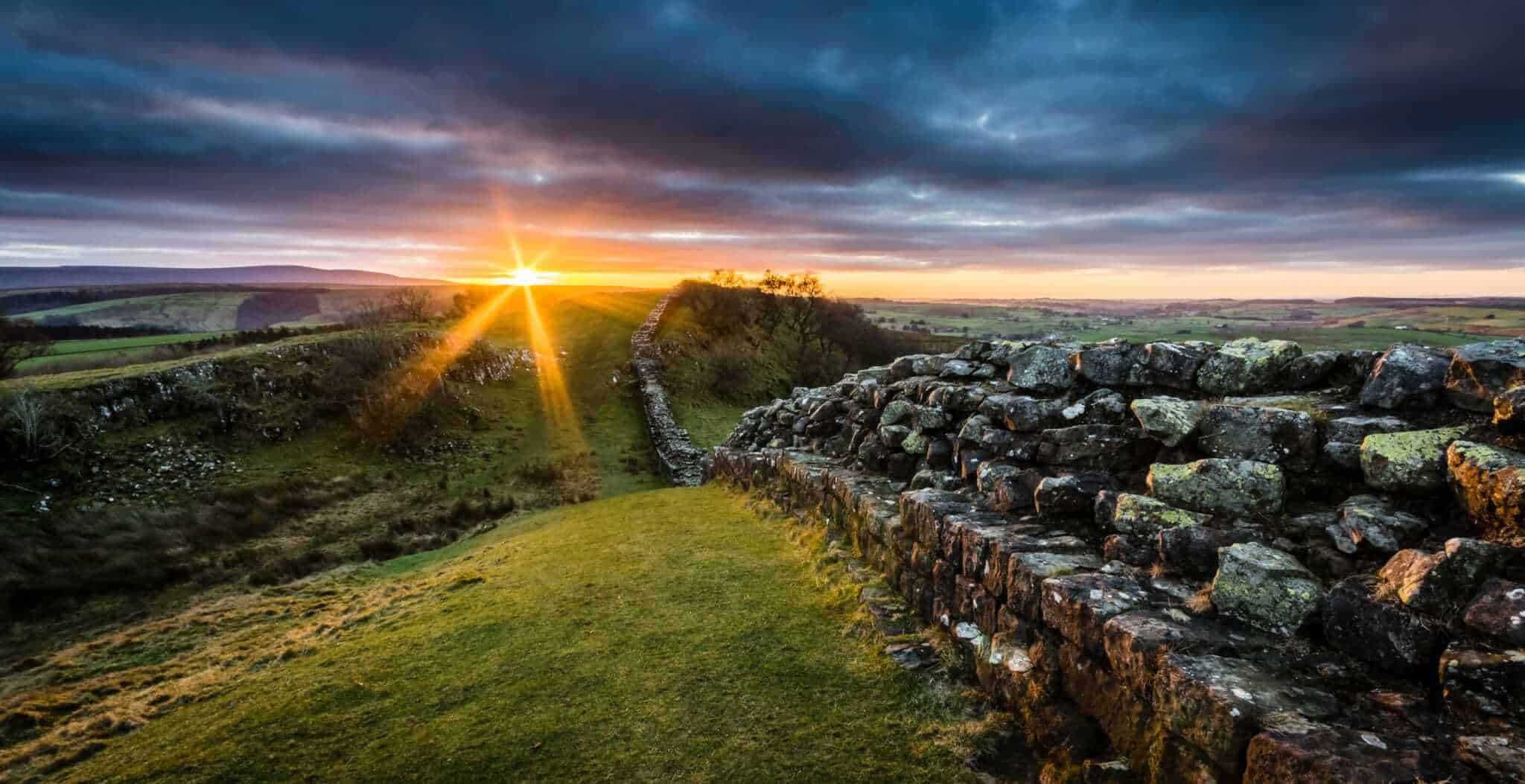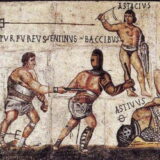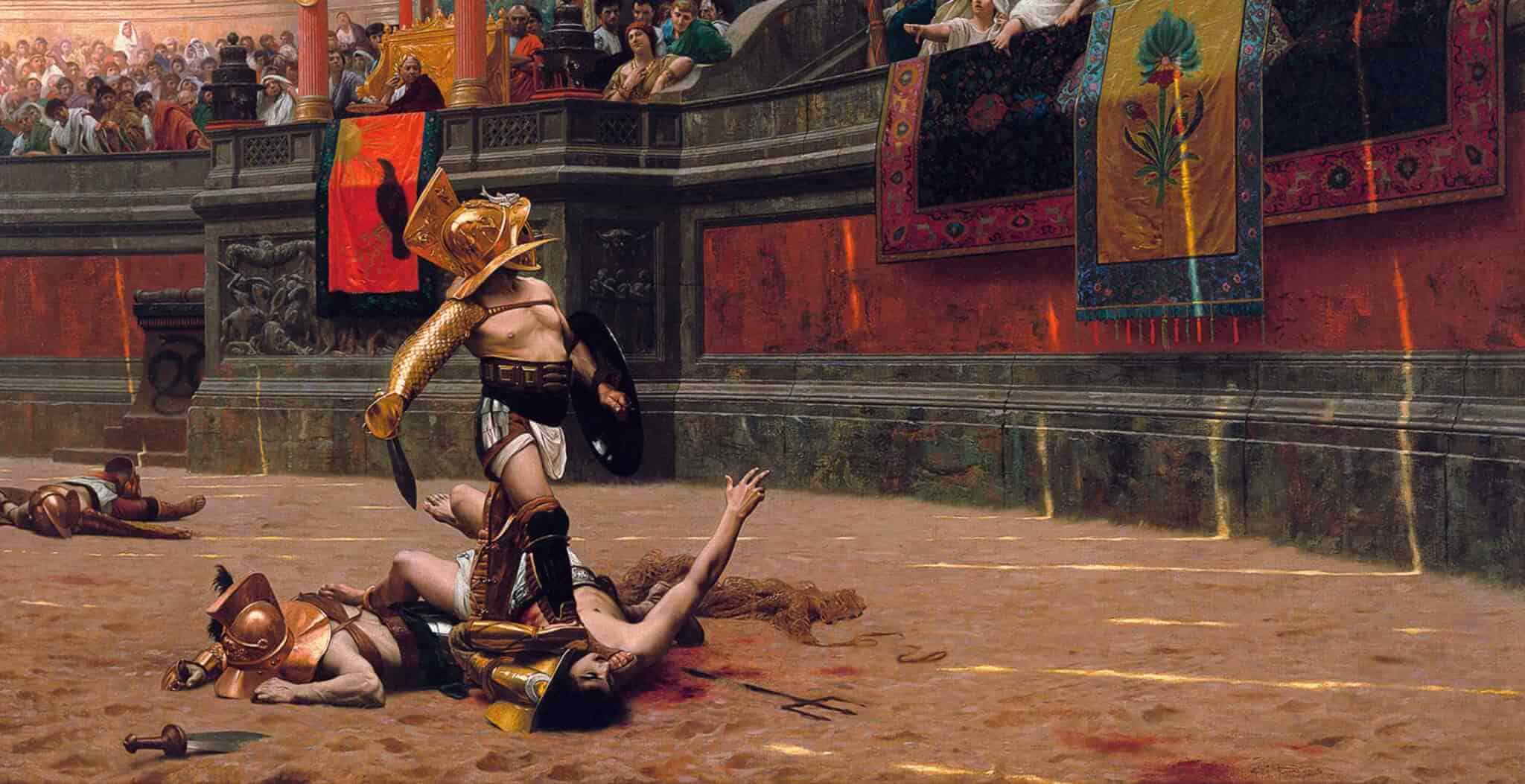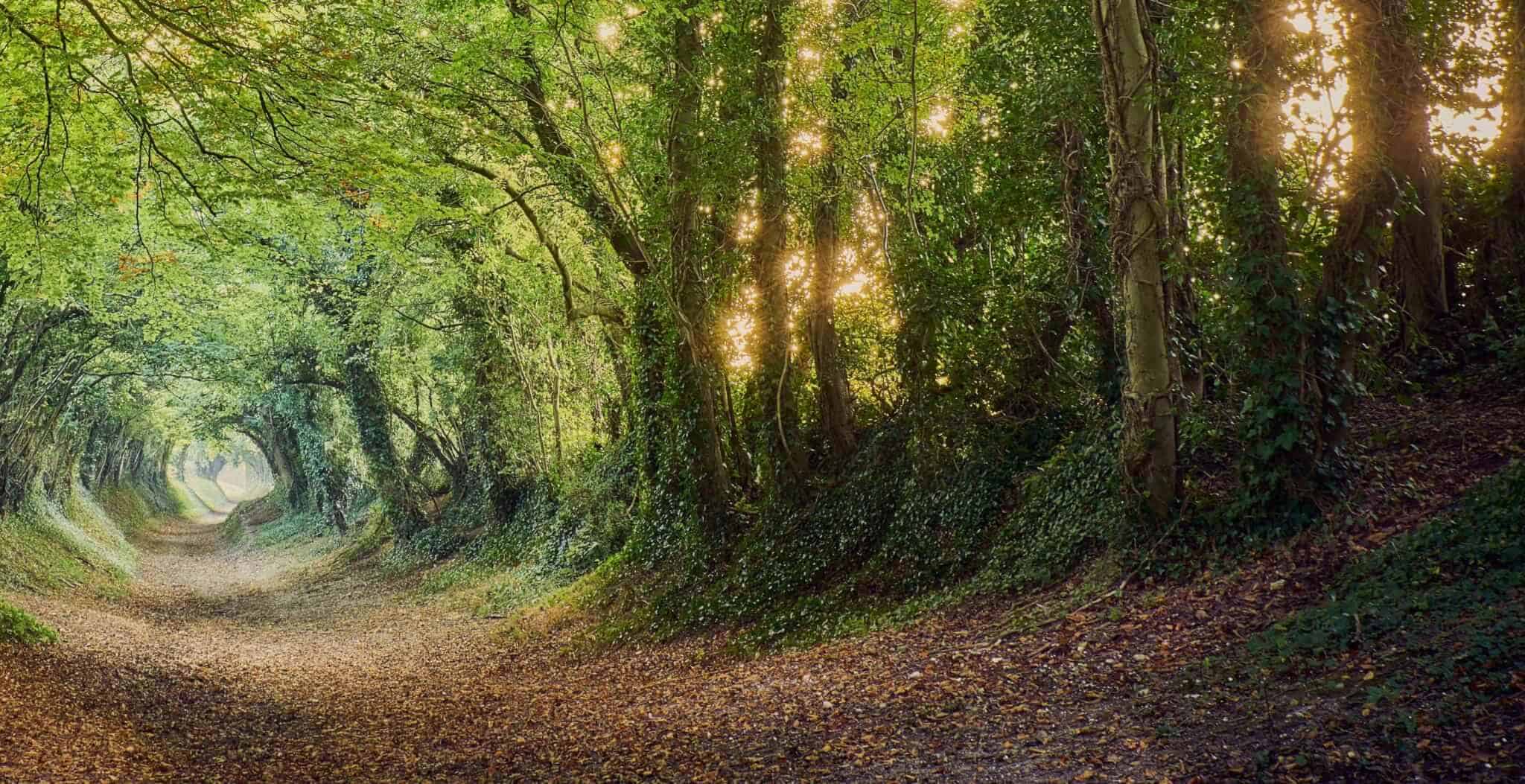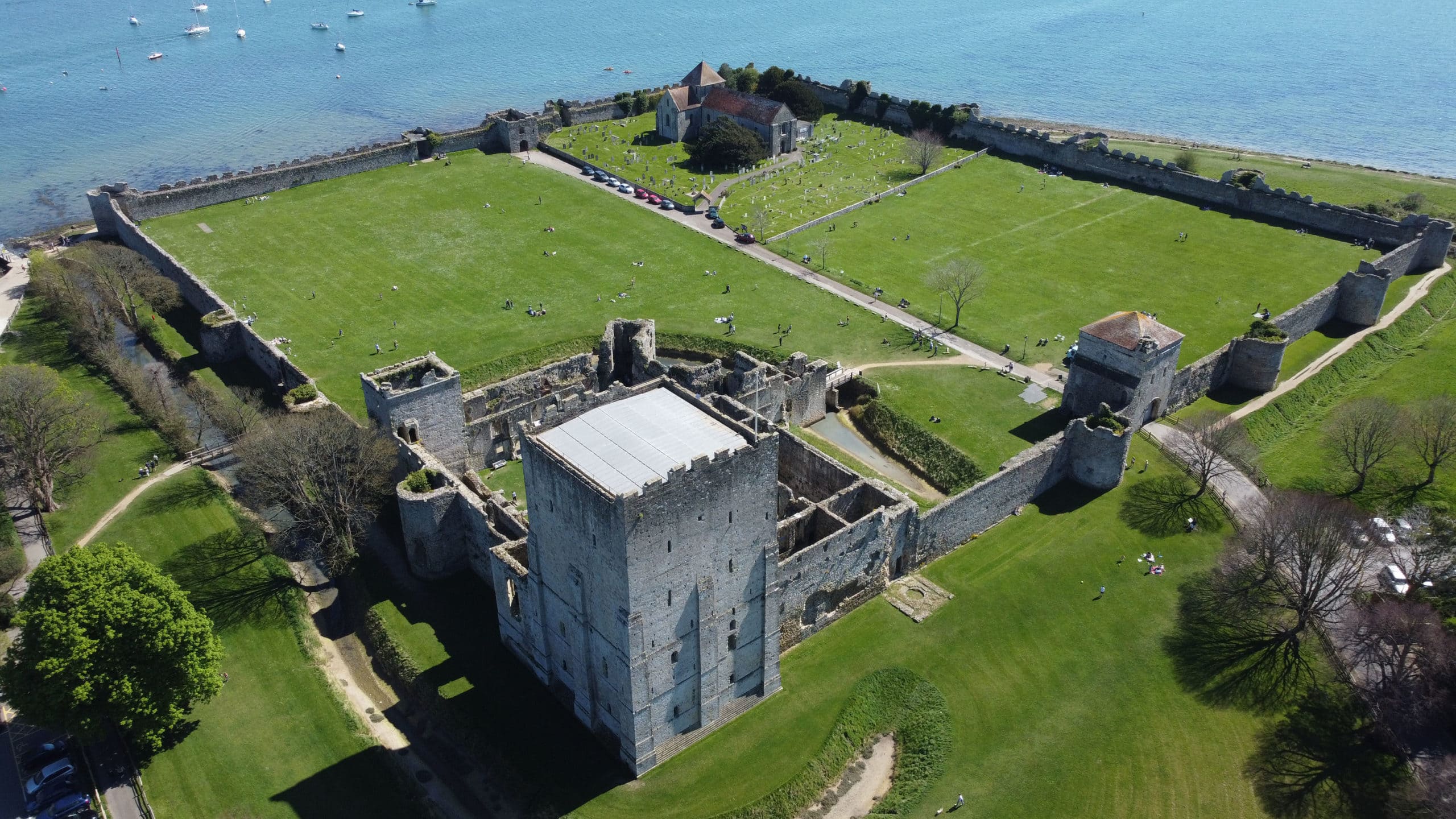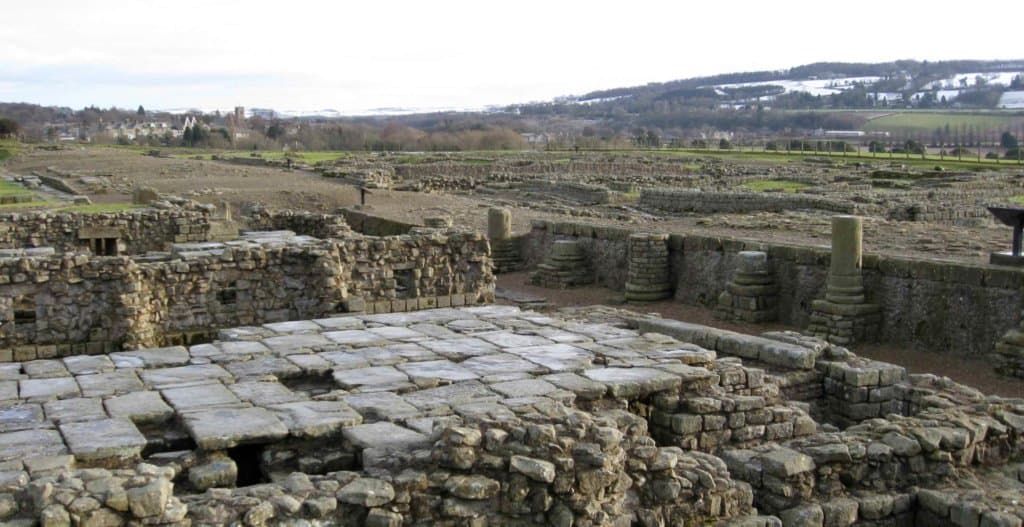The Roman bridge at Chesters was built in two phases; the first during the construction of the main curtain wall between 122 and 130AD, and the second in AD192 to carry the Military Road across the River Tyne.
The first bridge was built under Hadrian and was carried on eight massive stone piers. The easternmost of these piers can still be seen today, albeit built into the second bridge’s stonework. The width of this remaining pier (10 Roman feet) suggests that the first bridge was designed with the soul intention of carrying the broad wall across the river.
The second bridge was much more substantial than its predecessor, and was designed to carry road traffic across its four elegant arches. It is thought that the second bridge was made of stone, although some archaeologists believe that it was based on wooden foundations.
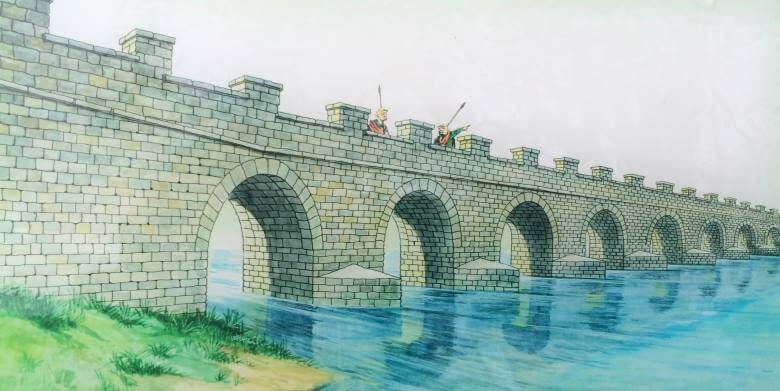
This second bridge also housed a waterwheel, the remains of which can still be seen today. Other interesting remains on this site include a Roman phallic symbol (designed to give good luck), as well as the remains of a crane used in the construction of the second bridge.
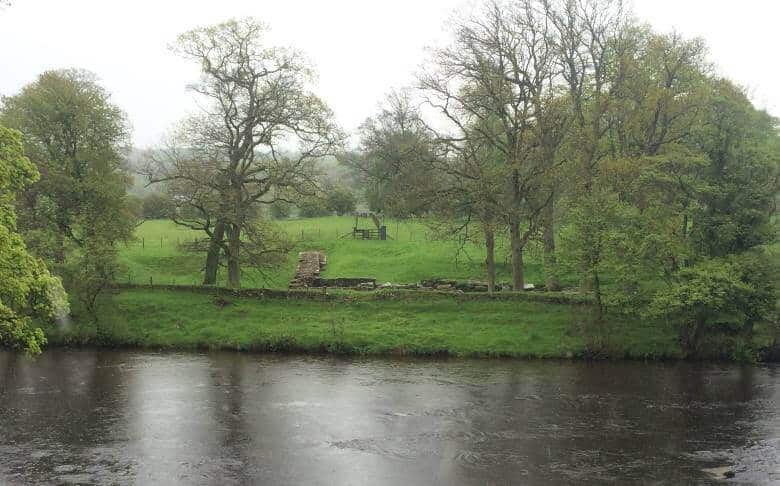
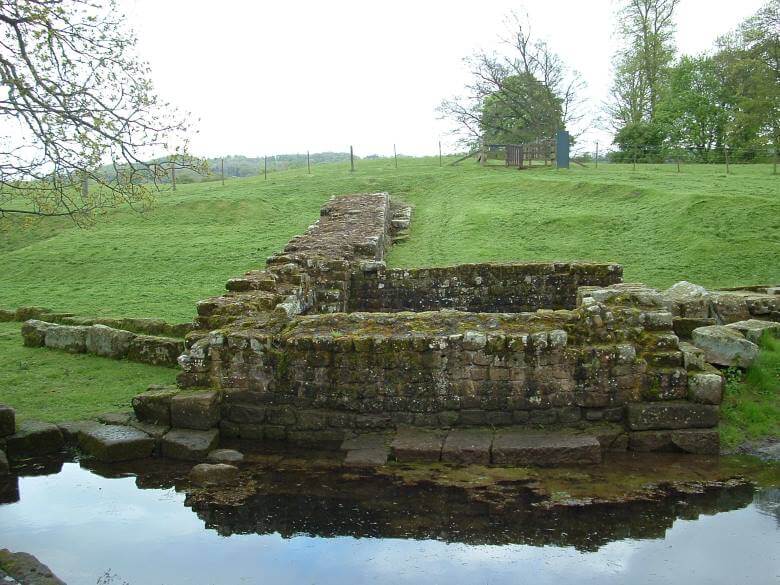
Tours of Hadrians Wall
For individual tours of Hadrians Wall, please follow this link.
Visitor Information:
Address: Chollerford, Hexham, Northumberland, NE46 4EU
Opening Hours: Open any reasonable time during daylight hours
Price (subject to change): Free
